Samuan Tiga Temple
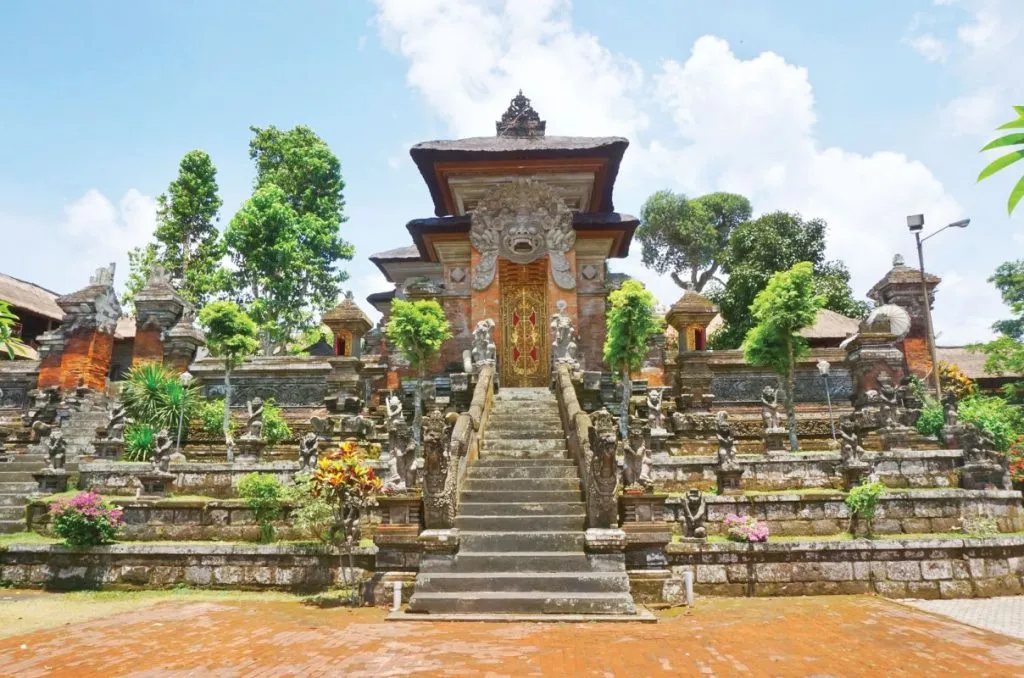
Where Faith, History, and Philosophy Unite in Bali
Located in the sacred village of Bedulu, Gianyar, just east of Ubud, Pura Samuan Tiga is one of Bali’s most philosophically profound and historically significant temples. Often overlooked by mainstream tourism, this ancient sanctuary was once a center of religious diplomacy and theological convergence. Today, it stands as a powerful symbol of unity, not just among different spiritual sects, but between humanity, nature, and the divine.
More than a thousand years old, Samuan Tiga is not simply a relic of Bali’s past. It is a sacred ground where spiritual philosophy was debated, refined, and ultimately harmonized. The legacy of those discussions continues to shape the unique form of Hinduism practiced on the island to this day.
Historical Foundation: A Temple Born from Unification
Samuan Tiga Temple was built during the rule of King Chandrasangka Warmadewa in the 10th century, a time when the island of Bali was divided among several powerful spiritual sects. The Warmadewa dynasty is often credited with laying the foundations for Bali’s classical era, during which art, architecture, religion, and governance were intimately connected.
In this context, Samuan Tiga became more than a place of prayer, it became a forum for theological diplomacy. The temple hosted a legendary spiritual assembly where leaders from three prominent religious
- Sects Siwa (Shaivism)
- Sects Buddha (Mahayana Buddhism)
- Sects Waisnawa (Vishnu worship) gathered to resolve growing tensions and doctrinal differences.
This meeting is one of the most critical turning points in Bali’s religious development. The spiritual leaders agreed on a syncretic religious system, one that embraced the diverse teachings of their traditions while emphasizing unity and cooperation. This agreement later evolved into Agama Hindu Dharma, the localized form of Hinduism practiced by the Balinese today, which incorporates elements of Shaivism, Buddhism, and indigenous animism.
Thus, Samuan Tiga stands not only as a religious monument but also as a political and philosophical milestone, where spiritual wisdom shaped the identity of an entire island.
Architectural Design and Symbolic Meaning
The temple is constructed on seven ascending terraces, each symbolizing one of the cosmic layers in Balinese cosmology. These levels represent the sacred structure of the universe:
1. Bhurloka (the underworld or material plane)
2. Bwahloka (the human realm)
3. Swahloka (the heavenly realm)
4. Maharloka
5. Janarloka
6. Tapaloka
7. Satyaloka (the highest divine realm)
The act of walking from the outer courtyard up through these levels mirrors a spiritual journey from worldly life to divine realization. Each platform features intricately designed shrines, pavilions, and gates that guide devotees along this metaphysical progression.
The presence of holy springs and cleansing pools on the lower levels emphasizes the importance of ritual purification a foundational step before one can ascend spiritually.
Architecturally, the temple incorporates elements from the ancient Balinese classical style, with stone-carved altars, bale (pavilions) for communal offerings, and massive banyan trees whose roots intertwine with centuries-old stones. The layout follows the concept of Tri Mandala, dividing the temple into three zones outer, middle, and inner each representing a stage of spiritual refinement.
Philosophical Essence: The Unity of Dharma
The philosophical significance of Samuan Tiga lies in its role as a symbol of religious pluralism and harmony. The temple serves as a reminder that the divine can manifest in many forms, and that the path to spiritual truth can take multiple shapes without diminishing its essence.
At the heart of Samuan Tiga’s philosophy is the concept of “Tat Twam Asi”, a Sanskrit expression meaning “You are That.” This principle reflects the idea that all beings are interconnected, and that the divine resides equally in all things a belief shared by Hindu, Buddhist, and local animist traditions.
By acknowledging and synthesizing different spiritual views, the leaders at Samuan Tiga embodied the Dharma of inclusion, choosing wisdom over division, and recognizing that the ultimate goal of all religious paths is unity with the divine and harmony among people.
This philosophical openness is what allows Balinese Hinduism to thrive to this day, embracing both Hindu deities and local spirits, temple rituals and nature worship, formal theology and daily devotional practice.
Ceremonies and Living Traditions
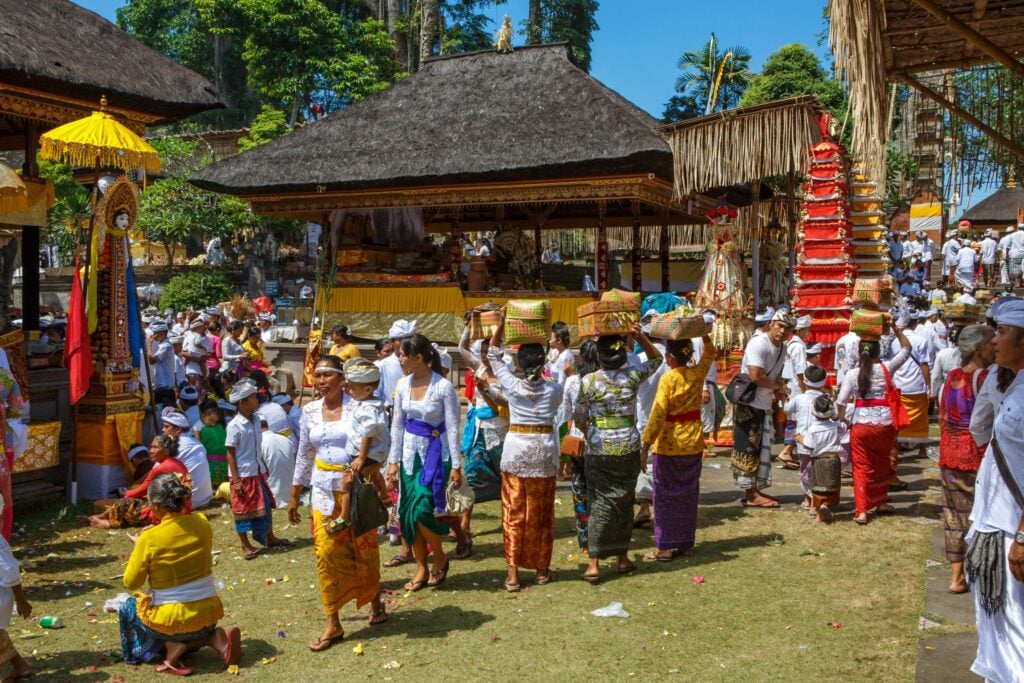
The Piodalan, or temple anniversary, is held every 210 days according to the Balinese Pawukon calendar, coinciding with Kliwon Wuku Sinta. During this time, Samuan Tiga becomes a center of intense spiritual activity. Devotees from across the region bring offerings, conduct processions, and participate in collective prayer rituals led by high-caste priests and local religious leaders.
The temple is also a key site for the Pemahayu Jagat ceremony, a large-scale ritual performed to restore balance between humanity, nature, and the spirit world — especially after events that are considered to disturb cosmic harmony, such as disasters or social unrest.
Unlike some temples that have become predominantly touristic, Samuan Tiga retains its sacred atmosphere, with rituals that are deeply tied to community life. Participation is not about performance but devotion a continuous offering to the gods, ancestors, and cosmic balance.
How to Visit Samuan Tiga with Respect
For those seeking a meaningful cultural and spiritual experience, Samuan Tiga offers a rare opportunity. Visitors are welcome, but as with any sacred site in Bali, there are customs that must be respected:
- Proper attire is mandatory, including a sarong and sash.
- Visitors should remain quiet and reverent, especially if a ceremony is taking place.
- Photographs are allowed in certain areas, but not during sacred rituals unless given explicit permission.
- Entry is based on voluntary donations, which help maintain the temple and support community offerings.
- The best time to visit is in the early morning, when the temple grounds are peaceful, the light is soft, and the atmosphere feels untouched by time.
Conclusion: Samuan Tiga and the Spirit of Unity
Pura Samuan Tiga is not simply an archaeological site or a historic monument. It is a living symbol of unity, a place where centuries ago, wisdom prevailed over division, and where different paths were brought together under the banner of shared spirituality.
Its legacy is one of reconciliation, dialogue, and balance not only among gods, sects, or doctrines, but also between people and the sacred world that surrounds them.
In visiting Samuan Tiga, one does not merely explore an ancient temple. One walks through the crossroads of history, philosophy, and devotion, stepping into the very place where Bali’s spiritual identity was forged. It is a reminder that truth can wear many faces, but its heart always beats for harmony.


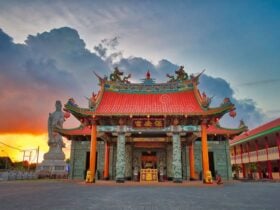
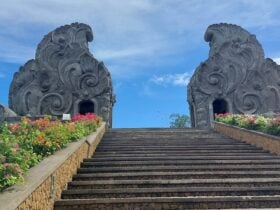
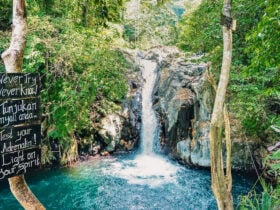

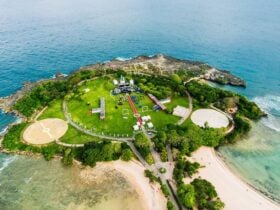

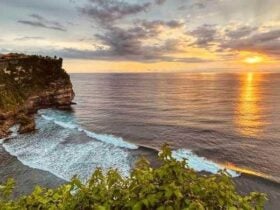
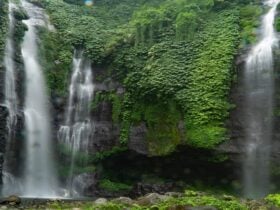
Leave a Review